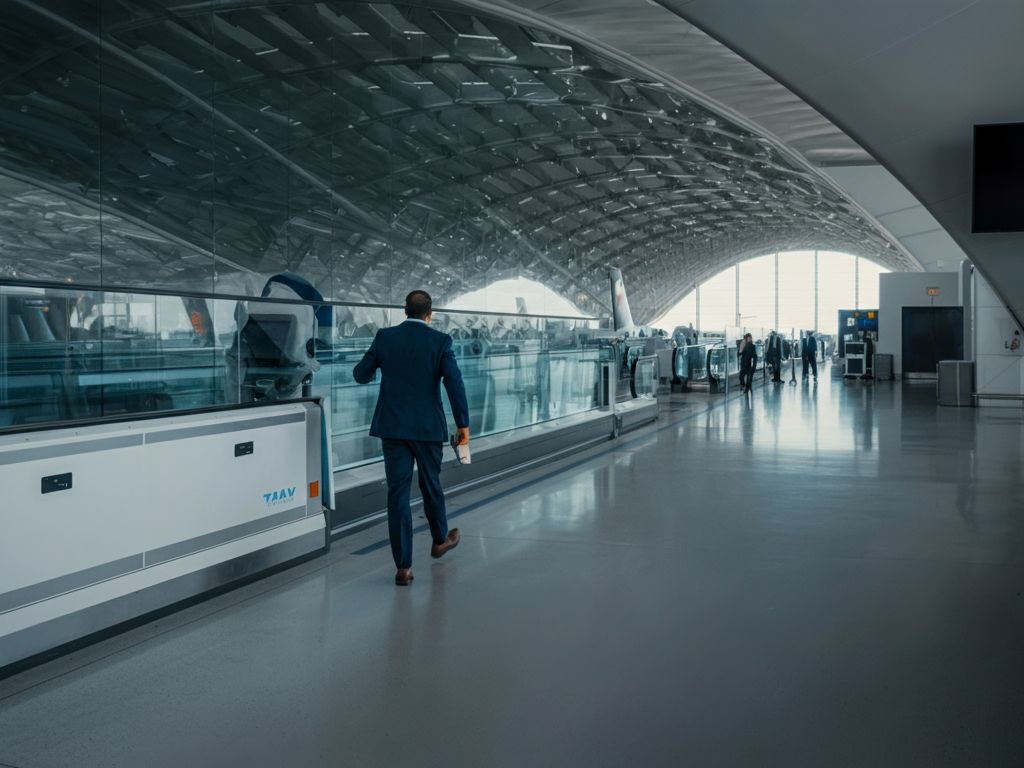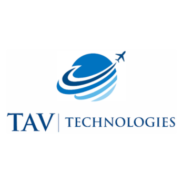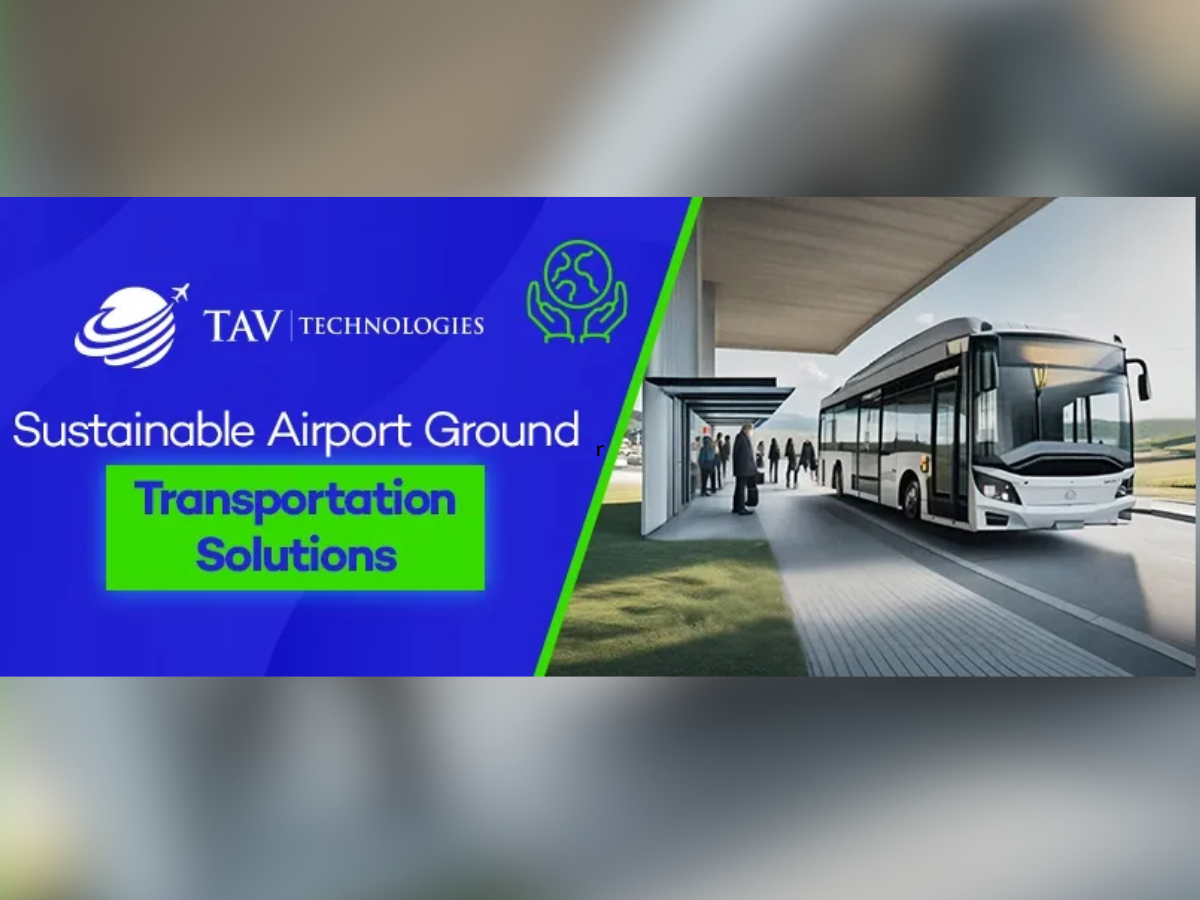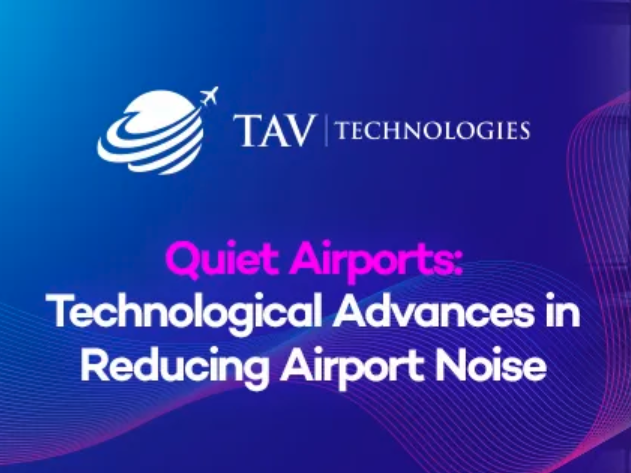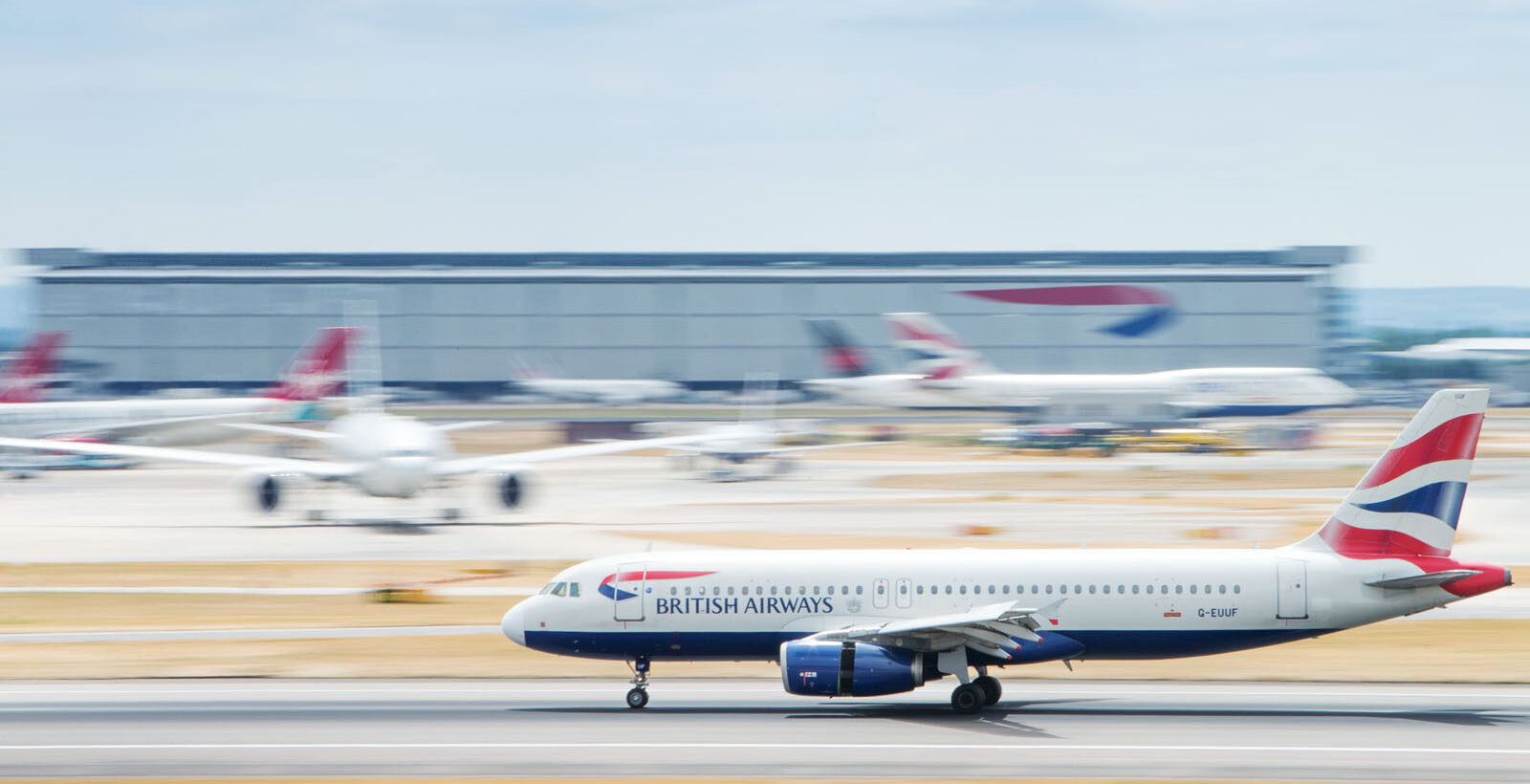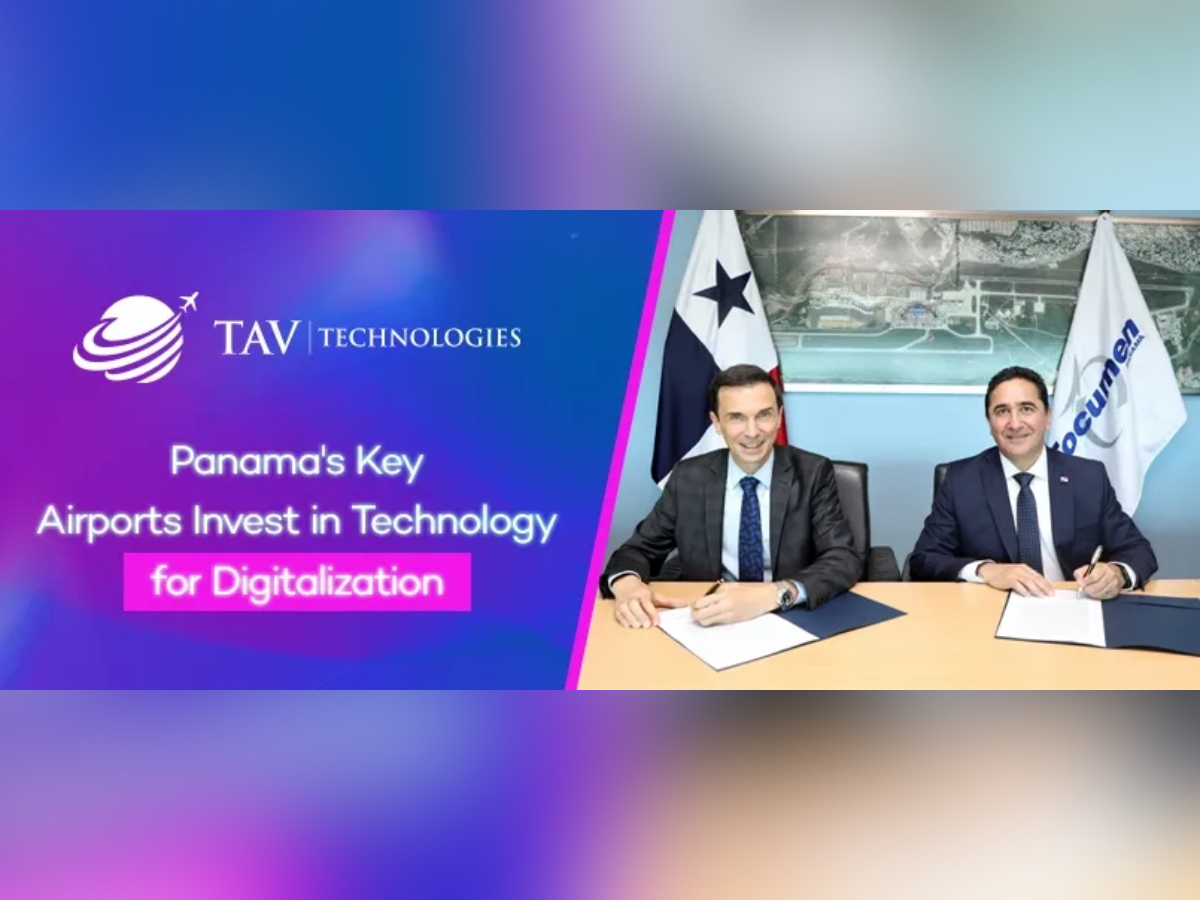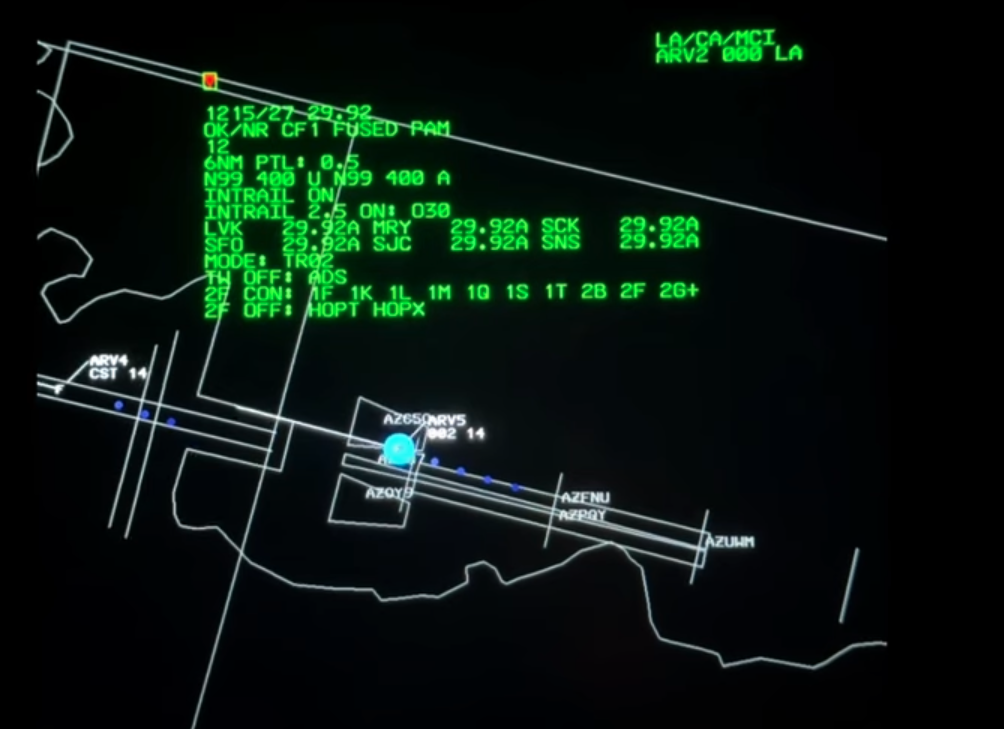Improving Safety and Efficiency in Air Traffic Control
The aviation industry is undergoing a significant transformation with the introduction of remote tower operations. As airports contend with increasing air traffic, stringent safety regulations, and the demand for cost-effective solutions, these advanced approaches are modern to managing air traffic.

What are Remote Tower Operations?
Remote tower operations leverage advanced technology to oversee air traffic from a centralized location rather than relying on a traditional control tower onsite. These systems utilize high-definition cameras, sensors, and robust communication networks to provide air traffic controllers with a comprehensive view of the airfield and its surroundings. Whether deployed within a single country or across borders, remote towers offer flexibility and scalability to adapt to varying operational needs.
Enhancing Air Traffic Management
Centralized Control for Efficiency: This Technology empowers a single team of controllers to efficiently manage multiple airports simultaneously. This centralized approach reduces operational costs, optimizes resource allocation, and maintains consistent safety standards across all managed airports.
Flexible and Adaptive Operations: The modular design of remote tower systems allows for seamless scalability and adaptation to fluctuating traffic volumes or airport expansions. This agility ensures smooth and reliable air traffic management without extensive infrastructure investments.
Cost-Effective Solutions: Unlike traditional control towers, which require significant initial investments and ongoing maintenance costs, remote towers offer a more economical solution. Remote towers optimize operational efficiency and reduce overall expenses by centralizing operations and reducing staffing needs.
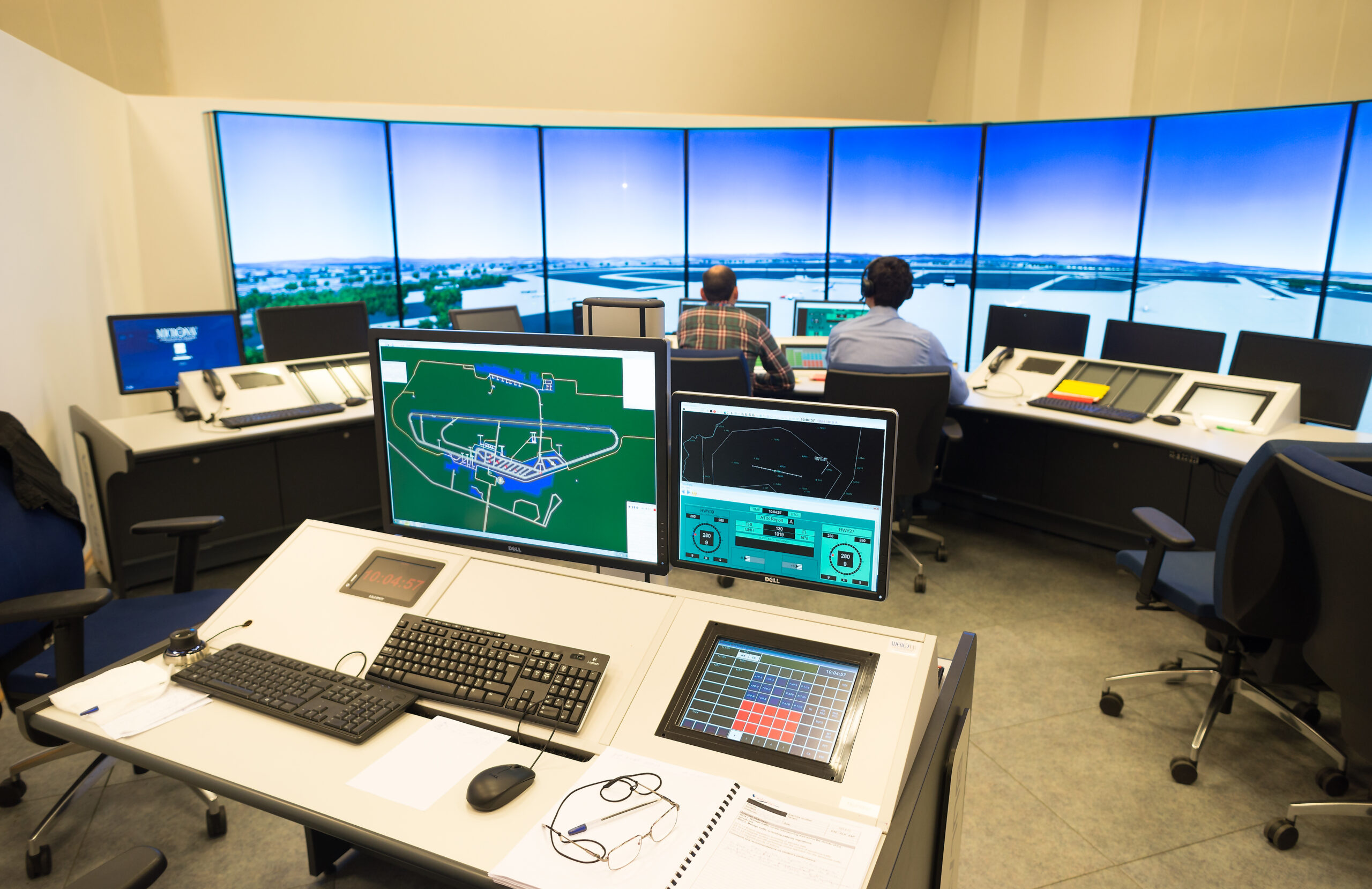
Real-World Success with Remote Towers
Remote tower technology has gained traction globally, demonstrating significant success and reliability in enhancing air traffic management:
Sweden’s Leading Example: Sundsvall-Timrå Airport in Sweden pioneered remote tower technology, implementing the world’s first fully operational remote tower in 2015. Since its inception, this innovation has expanded to manage multiple airports, showcasing its effectiveness in improving operational efficiency and safety.
Adoption by Major Airports: In 2021, London City Airport in the UK adopted remote digital towers, marking a milestone for large-scale airports embracing this technology. This adoption underscores the scalability and applicability in diverse airport environments.
The Future of Remote Tower Technology
Remote towers are poised to shape the future of air traffic control, offering substantial benefits in safety, efficiency, and cost-effectiveness:
Advanced Capabilities: With high-definition cameras, advanced sensors, and real-time data integration, remote towers enhance situational awareness and enable proactive management of potential safety risks, ensuring safer air travel.
Operational Excellence: Remote towers’ centralized management and automated functionalities streamline air traffic operations, minimizing delays, optimizing airspace utilization, and supporting sustainable aviation practices.
Looking Ahead: The Future of Remote Tower Technology
Remote towers are poised to shape the future of air traffic control, offering substantial benefits in safety, efficiency, and cost-effectiveness. With advanced capabilities such as high-definition cameras, sensors, and real-time data integration, these solutions enhance situational awareness and proactively manage potential safety risks. Their centralized management and automated functionalities streamline air traffic operations, minimizing delays, optimizing airspace utilization, and supporting sustainable aviation practices.
As technology evolves, the widespread adoption of remote operations is expected to revolutionize global air traffic management, creating a more interconnected and secure aviation ecosystem.
This article was originally published by TAV Technologies.



